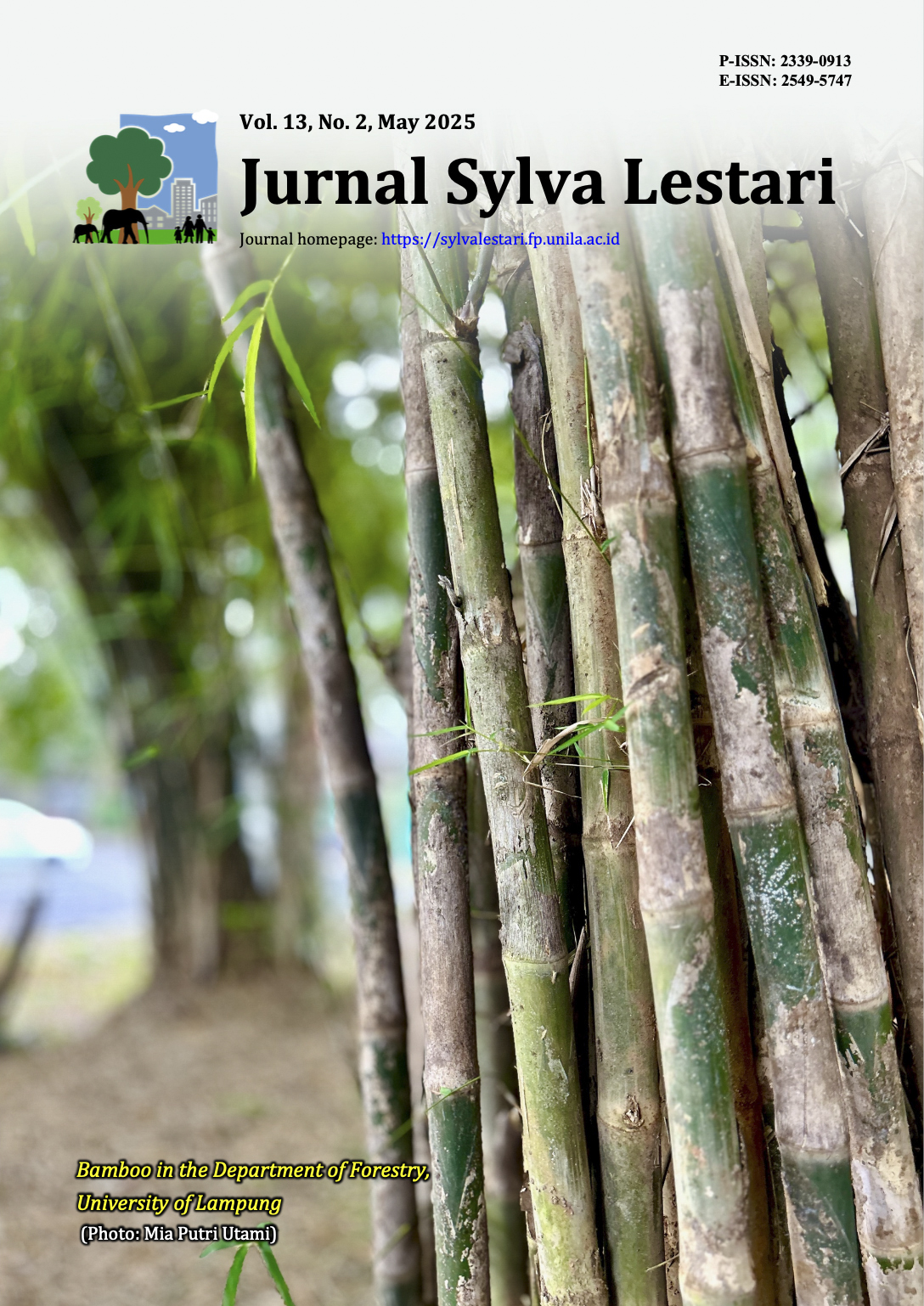Evaluation of the Repeatability and Accuracy of RTK GNSS under Tree Canopy
DOI:
https://doi.org/10.23960/jsl.v13i2.1110Abstract
Using the Real Time Kinematic (RTK) GNSS (Global Navigation Satellite Systems) Method, one may precisely estimate a location on Earth in “real-time” to within a few centimeters. However, significant limitations remain, such as accuracy loss due to poor satellite sight (e.g., high satellite obstructions from tree canopy and dense urban areas). It usually takes time to resolve the ambiguities or, on many occasions, results in failure. Several satellite systems have been deployed in recent years besides GPS and GLONASS, such as Galileo, BeiDou, and other satellite systems. GNSS is the replacement word for GPS, GLONASS, Galileo, and BeiDou. Theoretically, this GNSS system would be more beneficial than previous systems such as GPS; issues with decreased position accuracy and limited satellite visibility (for example, in the presence of a tree canopy) may be resolved. This study aims to reduce integer ambiguity resolution time using RTK GNSS and examine RTK GNSS’s repeatability/accuracy in forested areas. The outcomes of GNSS positioning (compared with total station) in this study clearly showed improvement because of observing many satellites. The results suggest that the RTK GNSS system is preferred for surveying forested areas. This situation increases the accuracy of the RTK GNSS measurements and shortens the solution time for integer ambiguity. The horizontal component accuracy obtained in repeated RTK GNSS surveys in the forested areas remains 1–12 cm.
Keywords: accuracy, GNSS, precision, repeatability, Real Time Kinematic, tree canopy
Downloads
Downloads
Published
How to Cite
Issue
Section
Statistics
 Abstract views: 411 times
Abstract views: 411 times PDF downloaded: 288 times
PDF downloaded: 288 times
Metrics
License
Copyright (c) 2025 Mehmet Eren, Zumrut Kurtulgu, Atinc Pirti

This work is licensed under a Creative Commons Attribution-NonCommercial 4.0 International License.
Authors retain copyright and grant the journal right of first publication with the work simultaneously licensed under a Creative Commons Attribution-NonCommercial 4.0 Licence that allows others to share the work with an acknowledgement of the work's authorship and initial publication in this journal.
Authors are able to enter into separate, additional contractual arrangements for the non-exclusive distribution of the journal's published version of the work (e.g., post it to an institutional repository or publish it in a book), with an acknowledgement of its initial publication in this journal.
Authors are permitted and encouraged to post their work online (e.g., in institutional repositories or on their website) prior to and during the submission process, as it can lead to productive exchanges, as well as earlier and greater citation of published work (See The Effect of Open Access).









